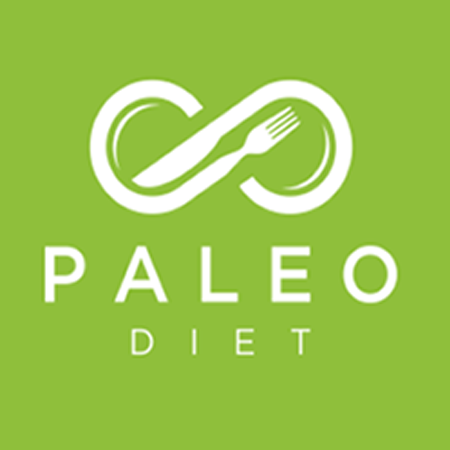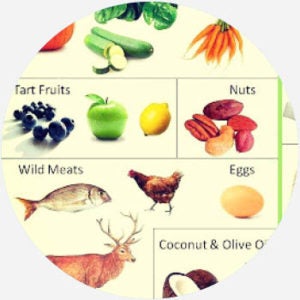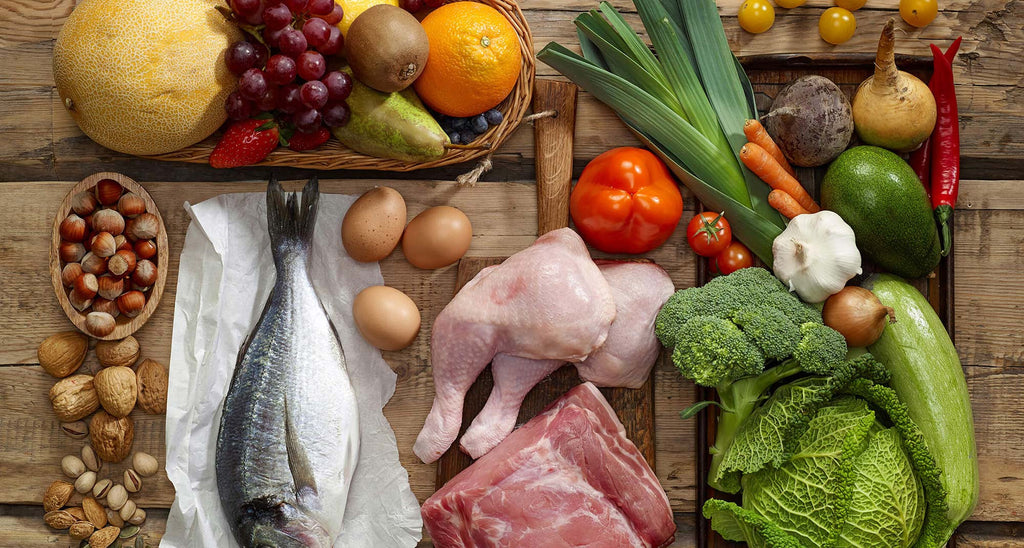
You might be wondering how to eat Paleo. Here's what to eat when following the Paleo diet. The meal plan is designed to help you keep on track for seven straight days. Keep a food diary! A food journal will allow you to keep track of your daily intake and any changes. You can then de-stress with some exercise.
Paleo-friendly foods
Although you might be wondering what to eat while on a paleo, avoid sugary foods and processed foods. These can have harmful effects on your health, especially if you have a damaged gut or are allergic to gluten or milk. You should also avoid foods that contain trans fats, such as margarine, which is made from vegetable oil. Moreover, you should also avoid artificial sweeteners.
Make sure you have a shopping list with paleo-friendly items if your plan is to follow the paleo diet. You'll have a plan to follow and can adjust as needed. In the first week of the diet, you should avoid eating foods high in carbohydrates and fat. For snacks, you can also eat more vegetables and fruits. However, it is not a good idea to skip meals. You can consult a registered physician or dietitian if sticking to your plan is hard.
Paleo diet meal plans for seven days

It is important to have a meal plan that covers seven days of a paleo diet in order to follow the program. Here is a sample menu that includes eggs, salads and olive oil as well as nuts, meats, avocados, salsa and vegetables. This plan does not include any foods that are not considered "paleo" or "primal." Some exceptions are made to the guidelines like avoiding foods that have been processed in factories.
You can lose weight and live a healthier life by eating like a caveman. However, there are many ways to eat paleo. It can be very beneficial but it is important to understand the basics of the diet before you commit to it. Paleo may allow various grains, legumes and dairy. Other diets allow beans and some grains. Choose a diet that is easy to maintain.
Sweet potato hash is a healthy substitute for white potatoes and can be served with eggs. This meal is loaded with nutrients, and is a balanced breakfast. Sweet potatoes are low on calories and high in beta-carotene. This is what converts into vitamin B. They are also good sources for energy. You get an energy boost. And since sweet potatoes are lower on the glycemic index, they will improve your memory and focus.
While on a paleo diet, keep a food log
In the beginning weeks of your diet it is best to measure everything accurately. A food scale may be a great investment for someone who has never kept one before. However, a cheap Target food scale will work just fine. You will eventually be able to see the portions. To be precise, a 3-ounce serving of protein will roughly equal a deck of cards. A two-tablespoon teaspoon of nut oil is about the same size as a small ping pong ball. You should also note the exact amount of other foods, such as chicken.

The benefits of a paleo diet depend on the individual's preferences. Carb fiends will likely find this diet difficult. Meat lovers, on the other hand, will find it highly beneficial. To determine if a diet paleo is right for you, it is crucial to examine your food intake. You might find that you don’t need all the grains or dairy products.
A paleo diet leads to weight loss
A paleolithic diet may result in weight loss, but it's not a magic wand. The diet must be followed strictly. You should also get enough physical activity and ensure you have adequate calcium and other nutrients. This diet focuses mainly on whole, unprocessed foods. It is best to avoid dairy products as well as grains. You can still get calcium from foods like salmon and spinach. Ask a registered nutritionist about your individual needs.
Paleo has side effects such as constipation or flu-like symptoms. The main reason is that it causes the body to convert fat into ketone bodies, which are then used by the cells as energy. This can cause constipation, nausea, bad breath, and even diarrhea. Also, the low-carb diet may affect your sleep and digestion. Negative effects of Paleo include constipation, nausea, and bad breath.
FAQ
How do I get hired to cook?
You can get a job as a cook through word of mouth. A friend or family member might know of an open restaurant that is in desperate need of staff. You might also find openings advertised on websites or bulletin boards by restaurants.
What skills will I need to be able to go to culinary school?
A chef's job requires you to be able cook well under pressure and understand food safety regulations. To learn how cook, enroll in cooking courses at your local high schools or community colleges. Once you have learned the basics of cooking, it is time to look for work at a restaurant.
What are some of the benefits of using slow cookers?
Slow Cookers are very useful because they allow you to prepare delicious meals without wasting time. Slow cooker recipes are healthier than traditional ones because they use less oil and fat. Because they cook for you while you sleep, slow cooker recipes can be convenient.
Are there any free online cooking classes?
Many websites offer cooking lessons for free. YouTube offers many videos on how to cook various meals. You may have access to thousands upon thousands of recipes on some websites. These sites usually require you to pay a monthly fee, but you can try them out for free for 30 days.
How can I motivate myself to cook?
When you cook with your family and friends, cooking is enjoyable. Cooking for your own family is much easier than making meals for others. You can be inspired to cook if you try something new. This will allow you to discover new recipes and techniques. Additionally, you can learn about new ingredients and techniques by incorporating recipes from different cultures into your cooking.
Statistics
- under 10 Kids have been taught that there is special food just for them, and Fiese says that 10 percent of kids will throw a tantrum if they don't get the food they want. (washingtonpost.com)
- On average, chefs earn $58,740 a year, according to the BLS. - learnhowtobecome.org
- You'll be amazed that over 90% of CIA students receive scholarships and grants to finish their culinary studies. (ischoolconnect.com)
External Links
How To
How to Become a Chef
One of the most intriguing careers is that as a chef, it's one of your best options. This job requires a lot knowledge and skills. It can be difficult to determine what job is best for you. If you're looking to get started immediately, there are many avenues to explore. You can work at restaurants, hotels or catering businesses. You could also take up cooking classes. These helpful tips can help you make an informed decision about becoming a chef.
-
Learn to cook!
Cooking is something everyone should learn at least once in their life. Learn how to cook even if you don’t know much about cooking. Many recipes can be found online, and many are easy to follow. Remember to take your time when learning new things. Take your time and enjoy the journey.
-
You should get a degree in culinary arts
If you wish to become a professional chef, a culinary arts degree might be the right choice. This way, you will be able to develop your own style and taste while gaining valuable knowledge. Culinary schools offer many courses, including baking, pastry, meat cutting, and more. Students are required to stay in class for several years before graduating. However, if you really wish to become a chef you need to think twice about choosing any school.
-
Work in a restaurant
Working in a restaurant is probably the easiest way to enter the world of chefs. People who want to be chefs start by working in a restaurant. Restaurants look for qualified staff who have previously worked in another field. If you're looking to be a chef, it is worth applying for job opportunities in restaurants.